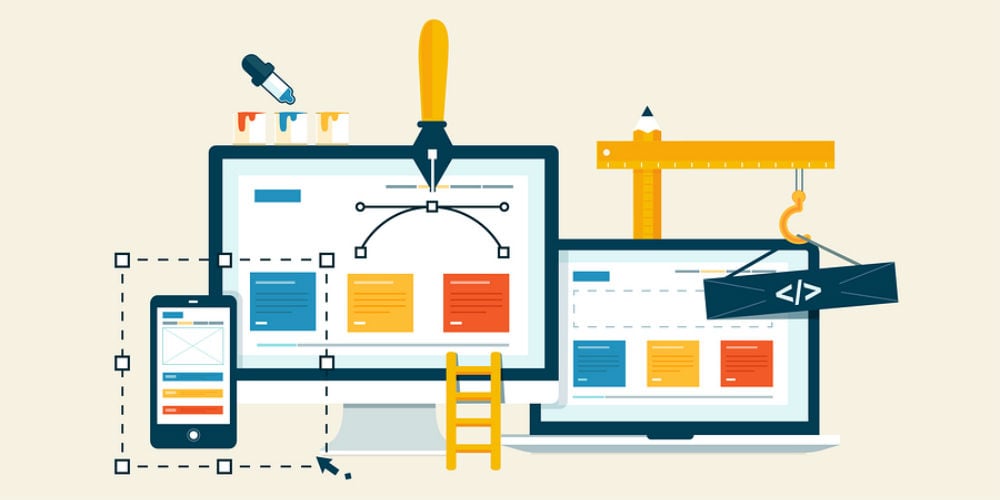When it comes to credit union website design, there are a lot of questions. What’s the best way to promote things on the website? How can you make the site ADA compliant? Should you put up pictures of Selena Gomez, in hopes of attracting more millenials?
Here’s another one that always stirs debate: “Should you put the online banking login front and center on your homepage? Or, should you hide it behind a login button?” If you’ve ever completed or considered a site redesign, this question probably came up.
A front-and-center login (with name and password fields) provides seamlessly convenience to your regular members, which make up about 60-70% of your website traffic. On the other hand, the login is irrelevant to nonmembers. Attracting new members is important to the growth of your credit union and the full login takes up space you could use to establish your brand, sign up new members, and boost your website’s ROI.
With a traditional approach to credit union website design, you have to pick your poison: you can place the full login straight on your homepage, or not. But with new technology, you can have the best of both worlds.
Thanks to personalization technology, you have the option of showing different versions of your homepage to different people.
What is personalization?
Personalization is two things, a concept, and the technology to implement that concept. It’s also a powerful marketing tool, with results that have been proven again and again.
If you’re in marketing, you probably know the concept of personas. A persona is a fictional person with traits that are meant to represent a larger group of people that you want to market to. For example, a fast food restaurant might have these personas, based on their customer data.
- Family buyer: mom with kids, comes about once a week, orders several items, but all low priced
- Dedicated commuter: orders the same sandwich for breakfast, every single work day
- Late-night student studier: Orders a big ticket, high calorie item, every once in a while, always on the weekends

These personas can help the restaurant make valuable marketing decisions. On a website, personalization technology enables you to implement the concept at another level. Rather than trying to target every persona you have with a single homepage, you can show multiple versions of the homepage, depending on the visitor. The technology tracks the initial behavior of the website user to determine which version to show them. Let’s say, for instance, your credit union website visitors include these three personas:
- Prospective auto-loanee: someone who has searched auto loans or visited your auto loans page
- Online banking user: a website user who goes straight to your online banking login
- First time site visitor

In this case, an “Online banking user” would definitely find it convenient to have the login straight on the homepage of your credit union website design. If that’s the number one reason they use your site, then you can deliver them a great experience by minimizing the effort required to login.
You can take this to another level by customizing other chunks of content on your homepage. For example, you could show a visitor who has previously visited the auto loans page content related to auto loans, such as blog posts and product promotions. A prospective home buyer could see content related to mortgages right on the homepage.
This type of personalization is incredibly effective, and could significantly drive up the number of applications you receive for loans and deposits. In an A/B test with HFSFCU.org, we found that personalization led to a 31% increase in visitors taking action. Furthermore, according to Marketo, 79% of consumers report they are only likely to engage with an offer if it has been personalized to reflect previous interactions with the brand.
Personalization in action
At BloomCU, we call our personalization technology Persona (we like to keep things straightforward). Below is an example of it in action, on the Diamond-Award-winning site we designed for Kelly Community FCU. The first time you visit the page, the prompt for online banking is only a small “Login” button in the upper right corner:

However, if you click that button, the next time you visit Kelly Community’s homepage, you’ll see a different experience that’s designed for login-ers (that’s our very technical term for people that login to online banking):

Personalization just makes sense—and it increases engagement. That’s why we believe it’s part of a bright future for credit union website design.
Interested in more ways to improve your credit union website design? Start with a solid foundation by downloading our strategy guide.







